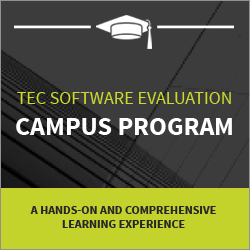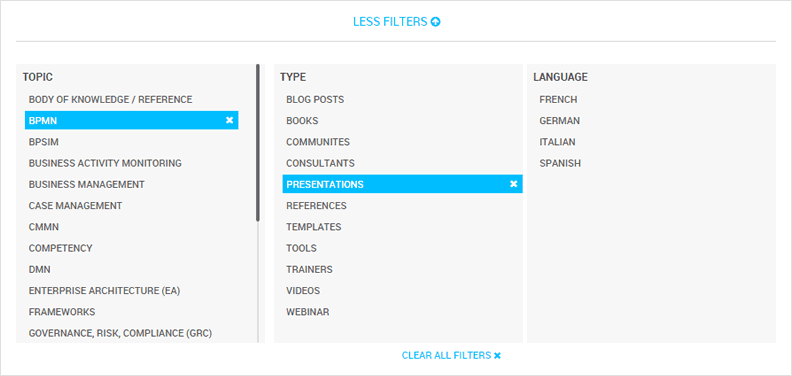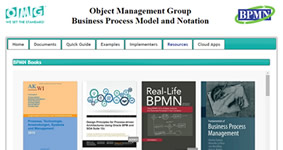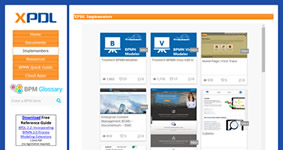Programming language researchers get a look at guidance trees
Back when I was getting my Ph.D. in the area of programming language research, I occasionally attended the major academic conference for that area. At the time the Association for Computing Machinery (ACM) called it OOPSLA. More recently it has been renamed to SPLASH, for Systems, Programming, Languages and Applications: Software for Humanity. I haven’t been to the conference in years, but this year I went back.
Wow, what a shock. I’ve only been going to corporate conferences and analyst conferences for the last several years and I’ve gotten used to having to sit through hours of abstract motherhood-and-apple-pie claims intermixed with meaningless marketecture diagrams. So it was a breath of fresh air to go to a conference where people actually describe their technology in enough detail to understand what it really is, and to hear concrete claims that they can actually back up.
I was also pleased to be able describe and demonstrate guidance trees at the conference. I don’t normally talk about guidance tree technology as a programming language, since the technology is targeted to non-programmers (or even technophobes) and that kind of person is likely to be scared off by talking about it as a programming language. However, programming language researchers have a broad view of what constitutes a programming language (anything with control flow counts) and they have always been interested in approaches that would allow non-programmers to effectively write programs.
I described guidance trees as a “new programming paradigm for non-programmers.” I got a lot of positive comments about the technology and no one had seen anything like it before, which is quite unusual, since researchers always like to be able to say: “Isn’t that just like X?” My favorite comment was from an attendee who was surprised that I had had the gall to use the overused “paradigm” word, but by the end of the talk, he was convinced it really is a new paradigm — and an exceptionally valuable one at that.
Watch the video to see if you agree. I’d love to hear what you think about this new technology that forms the foundation of our latest product, Cloud Extend for Salesforce.
Post from: VOSibilities, the Active Endpoints BPMS blog
Learn more about ActiveVOS
Programming language researchers get a look at guidance trees
Leave a Comment
You must be logged in to post a comment.








